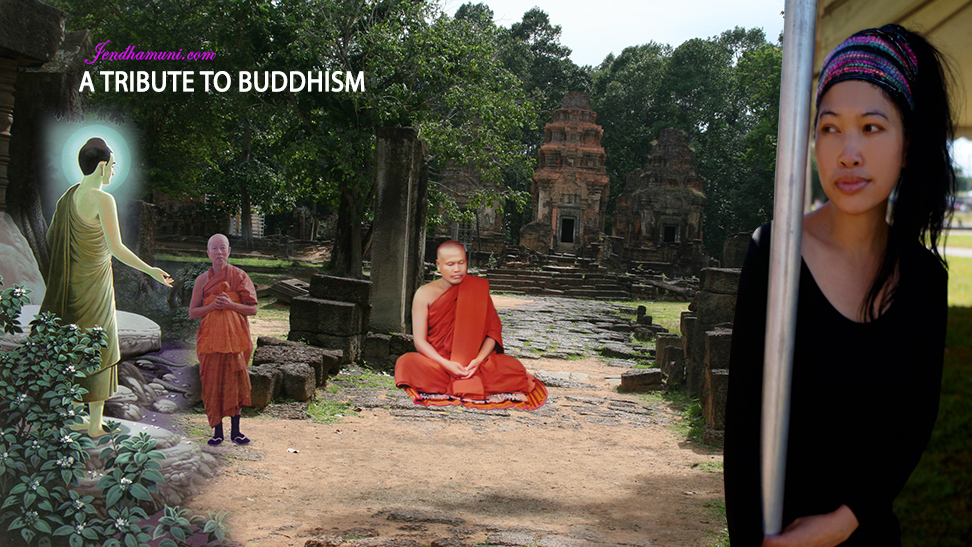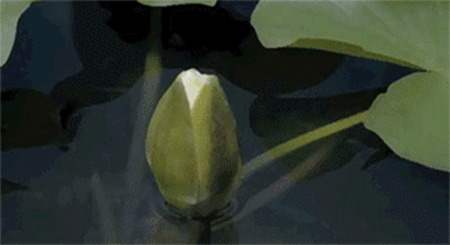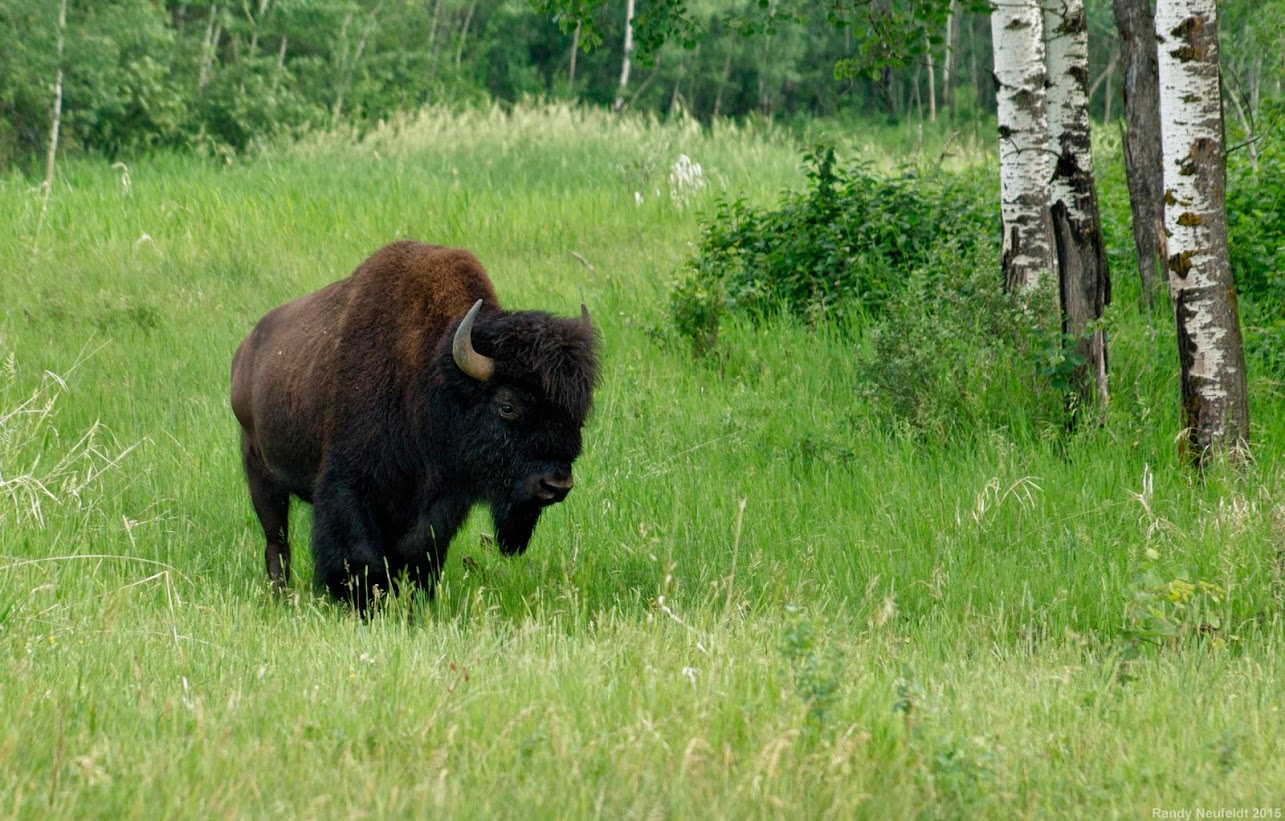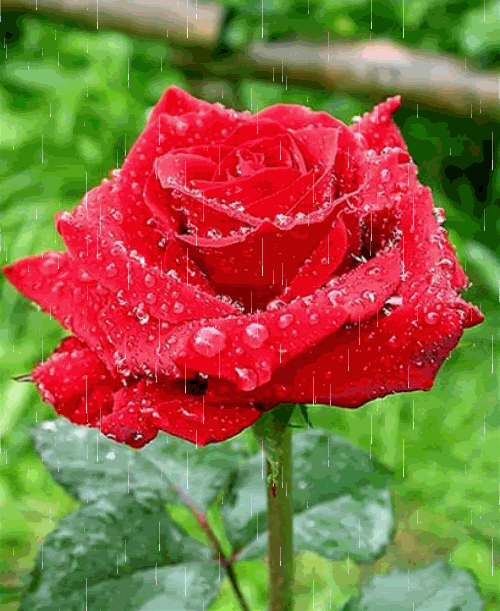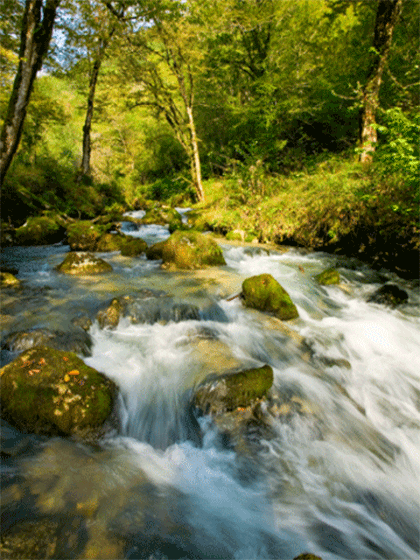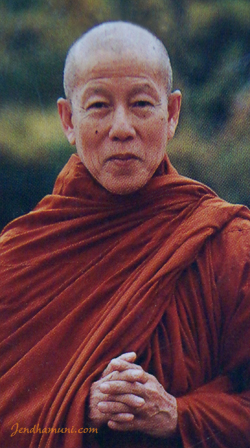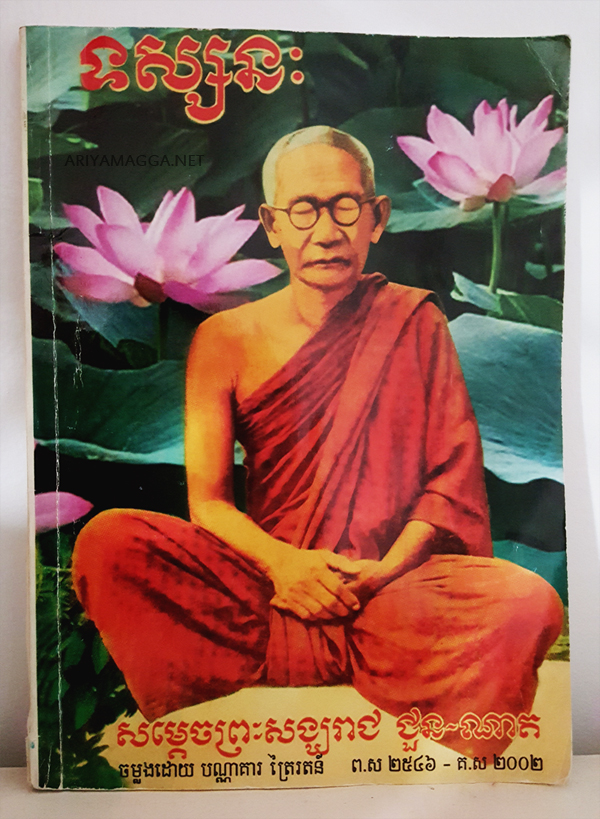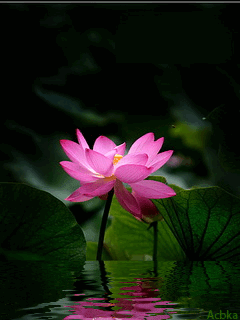
Snake gourd
Nutritional Value of Snake Gourd
Snake Gourd contains a rich variety of nutrients, vitamins, and minerals that are essential for human health, including significant levels of dietary fiber, a small number of calories, and high levels of protein. In terms of vitamins, snake gourd possess vitamin A, B, C, as well as manganese, magnesium, calcium, iron, potassium, and iodine.
Health Benefits of Snake Gourd
Detoxify the Body: Snake gourd has been used as a diuretic in traditional medicine for many years, as it stimulates the liver and increases urination, thereby speeding up the elimination of toxins from the body. It also increases the creation of bodily fluids, which can eliminate dryness and dehydration, which also helps in the normal functioning of the kidneys and bladder. Juice from the leaves can also stimulate vomiting in case something toxic has been consumed.
Digestive Issues: Children with bowel problems have been given snake gourd to ease their discomfort, as it acts as a mild laxative. Furthermore, the high fiber content of snake gourd can help anyone with bowel disorders and can eliminate constipation, reduce cramping and bloating, and optimize the nutrient absorption process in the body.
Fever Reduction: In many tropical countries, fever can be a major danger to public health, regardless of its cause. Snake gourd can be turned into a decoction and given to people suffering from fever. Overnight, fevers tend to break and the natural healing process can begin. Continue reading →

